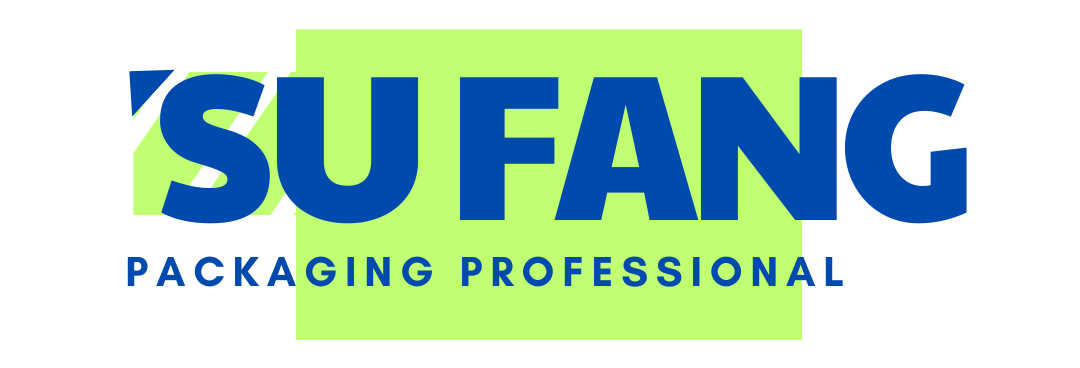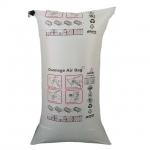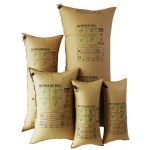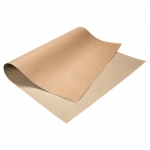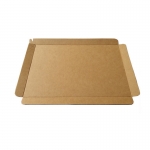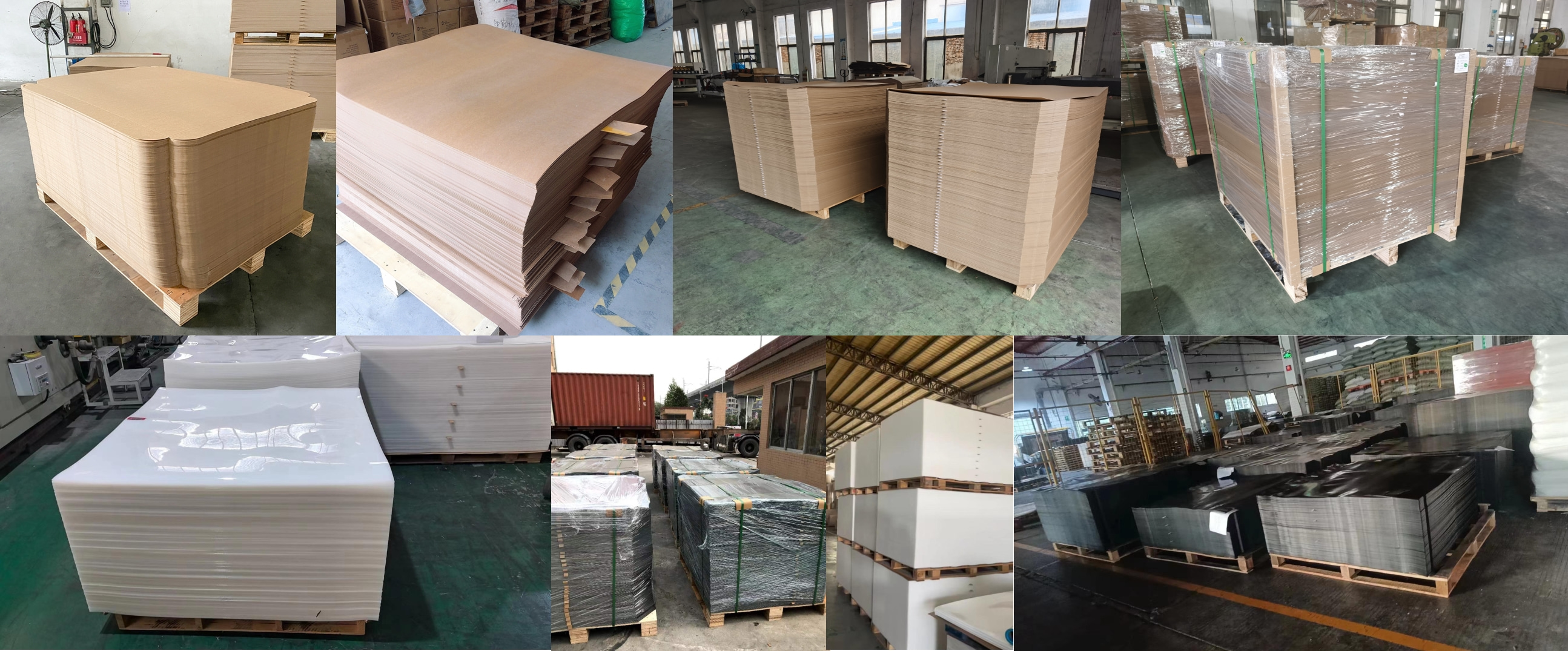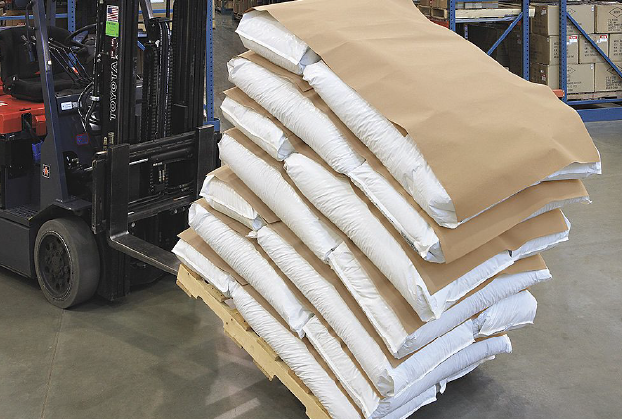Load shifting during transportation is a critical challenge for industries like automotive, pharmaceuticals, and heavy machinery. A single unstable pallet can lead to product damage, delayed deliveries, and even workplace accidents. In this guide, we’ll explore how anti-slip sheets provide a cost-effective and sustainable solution to secure cargo and optimize supply chain efficiency.
Why Load Shifting Occurs (And Why It’s Costly)
Load shifting typically stems from three factors:
- Friction Loss: Smooth surfaces between cargo layers (e.g., metal, plastic, or glass) reduce grip.
- Dynamic Forces: Sudden braking, sharp turns, or vibrations during transit.
- Improper Stacking: Uneven weight distribution or exceeding pallet load limits.
Industry Impact:
- Damaged goods account for $3.5 billion in annual losses for US manufacturers (Source: NIST).
- 23% of warehouse injuries are linked to unstable loads (OSHA Report 2023).
How Anti-Slip Sheets Prevent Load Shifting
Anti-slip sheets, made from high-friction kraft paper or polyethylene, are placed between cargo layers to create a secure, non-skid interface.
Key Features of Industrial-Grade Anti-Slip Sheets
| Property | Technical Specification | Industry Application |
|---|---|---|
| Friction Coefficient | 0.6–0.8 μ (ASTM D1894 standard) | Securing steel coils in transit |
| Load Capacity | Up to 2,500 kg/m² static load | Automotive parts stacking |
| Thickness | 0.8–1.5 mm (customizable) | Glass panel transportation |
| Certifications | ISO 9001, FDA (food-grade option) | Pharmaceutical packaging |
Case Study: Reducing Load Shifting by 92% in Automotive Logistics
Challenge: Frequent scratches on aluminum body panels during road transport.
Solution:
-
Deployed 1.2mm polyethylene anti-slip sheets with diamond-textured surfaces.
- Trained staff on cross-stacking patterns to maximize friction.
Results:
- 92% reduction in load shifting incidents within 3 months.
- Saved €180,000/year in damaged inventory and insurance claims.
Choosing the Right Anti-Slip Sheet: 3 Expert Tips
-
Match Material to Cargo Type
- Kraft Paper: Ideal for wood, cardboard, or non-oily surfaces.
- Polyethylene (PE): Resists moisture and oils (e.g., machinery parts).
-
Verify Static/Dynamic Friction Ratios
- For high-speed trucking, opt for sheets with dynamic μ ≥ 0.5.
-
Prioritize Recyclability
- 100% recyclable kraft sheets can reduce landfill fees by $12/ton (EPA data).
Integrating Anti-Slip Sheets with Dunnage Systems
For maximum stability, combine anti-slip sheets with:
- Edge Protectors: Prevent sheet tearing at corners.
- Dunnage Bags: Fill void spaces in containers (learn more about dunnage bag solutions).
- Stretch Film: Apply 250% pre-stretch film for vertical compression.
FAQ: Anti-Slip Sheet Best Practices
Q: Can anti-slip sheets replace wooden pallets? A: Yes! Sheets reduce packaging weight by 85% vs. pallets, lowering fuel costs.
Q: How do I calculate sheet quantity per shipment? A: Use formula: Sheets Needed = (Cargo Height ÷ Layer Height) + 1
